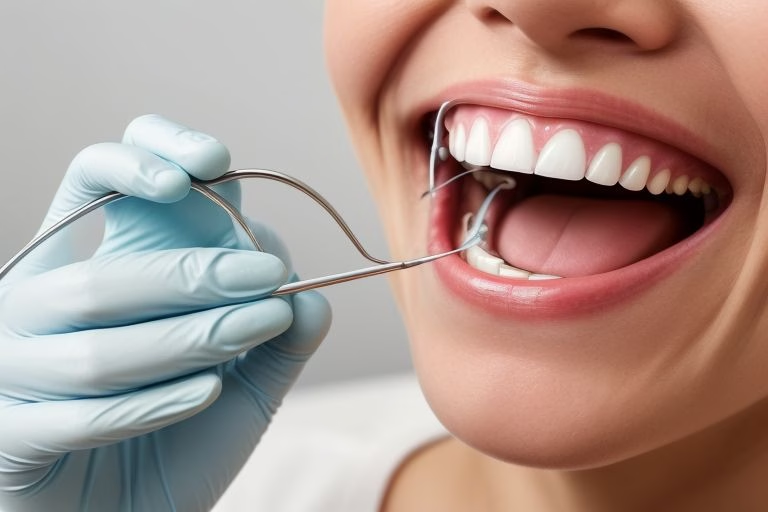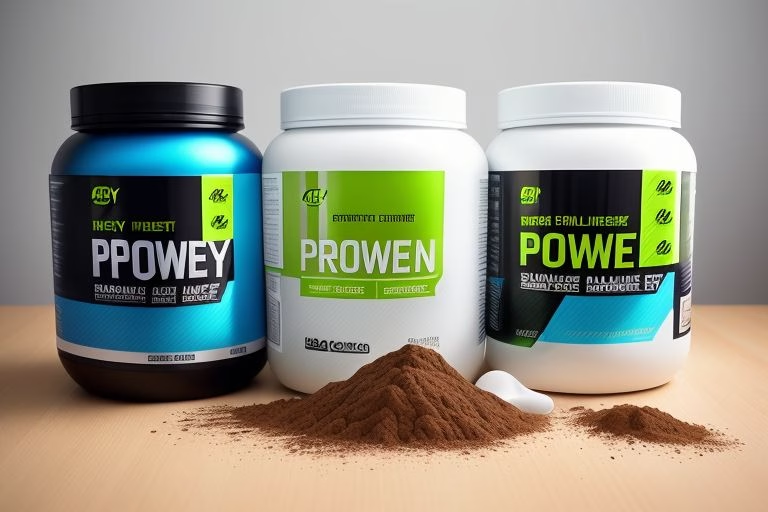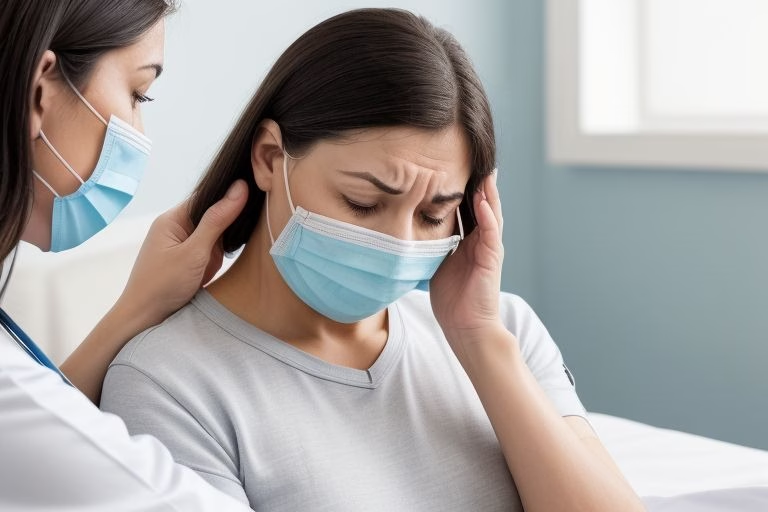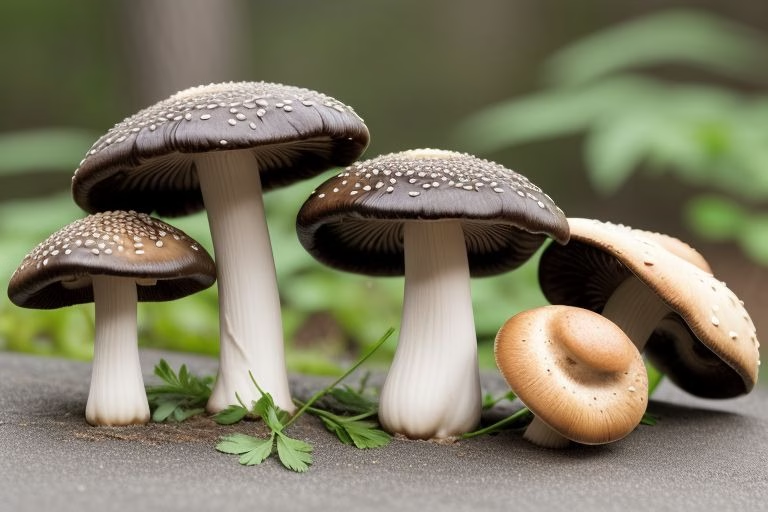Aside
-
Trending

Mastering the Art of Saying No to Alcohol: Expert Strategies for a Sober Lifestyle
Choosing not to drink alcohol is a personal decision that can lead to a healthier and more empowered lifestyle. Whether…
Read More » -
Diseases & Conditions

How Gum Disease May Affect Your Heart Health: The Latest Insights and Prevention Strategies
Recent studies have shed new light on the relationship between oral health and cardiovascular disease. As research evolves, more evidence…
Read More » -
Trending

How Flossing Protects Your Heart: Surprising Benefits for Stroke & AFib Prevention
Unleash the Power of Flossing: Your Secret Weapon for a Healthier Heart Maintaining optimal heart health isn’t just about diet…
Read More » -
Trending

Uncovering the Science Behind Red Wine Headaches: How Quercetin Disrupts Alcohol Metabolism
Red wine is celebrated for its rich flavors and healthful antioxidants—but for many, it comes with an unwelcome side effect:…
Read More » -
Food & Nutrition

Savor the Moment: How Food Pleasure Fuels Health, Happiness, and Emotional Well‑being
Eating is more than just a necessity—it’s an experience that nourishes not only our bodies but also our minds and…
Read More » -
Fat Burning

How to Lose Belly Fat in 30 Days: A Proven Guide to Transform Your Body
Are you tired of struggling with stubborn belly fat? Do you want to achieve a slimmer, healthier waistline in just…
Read More » -
Fitness

The Ultimate Guide to the Best Protein Powder for Muscle Gain in 2025: Boost Your Gains Today!
Are you on a mission to build muscle and achieve your fitness goals? If so, you’ve probably heard that protein…
Read More » -
Diseases & Conditions

How Long Do Nucala Side Effects Last? A Comprehensive Guide to Managing Symptoms
If you or a loved one is using Nucala (mepolizumab) to treat severe asthma or other eosinophilic conditions, you might…
Read More » -
Food & Nutrition

10 Unexpected Mushroom Intolerance Symptoms That Nobody Told You About
Are you feeling off after eating mushrooms but can’t pinpoint why? You might be experiencing mushroom intolerance symptoms without even realizing…
Read More » -
Food & Nutrition

10 Unexpected Benefits of Eating Once a Day That Nobody Told You About
Have you ever wondered if eating once a day could transform your health, save time, and even boost your productivity?…
Read More »









